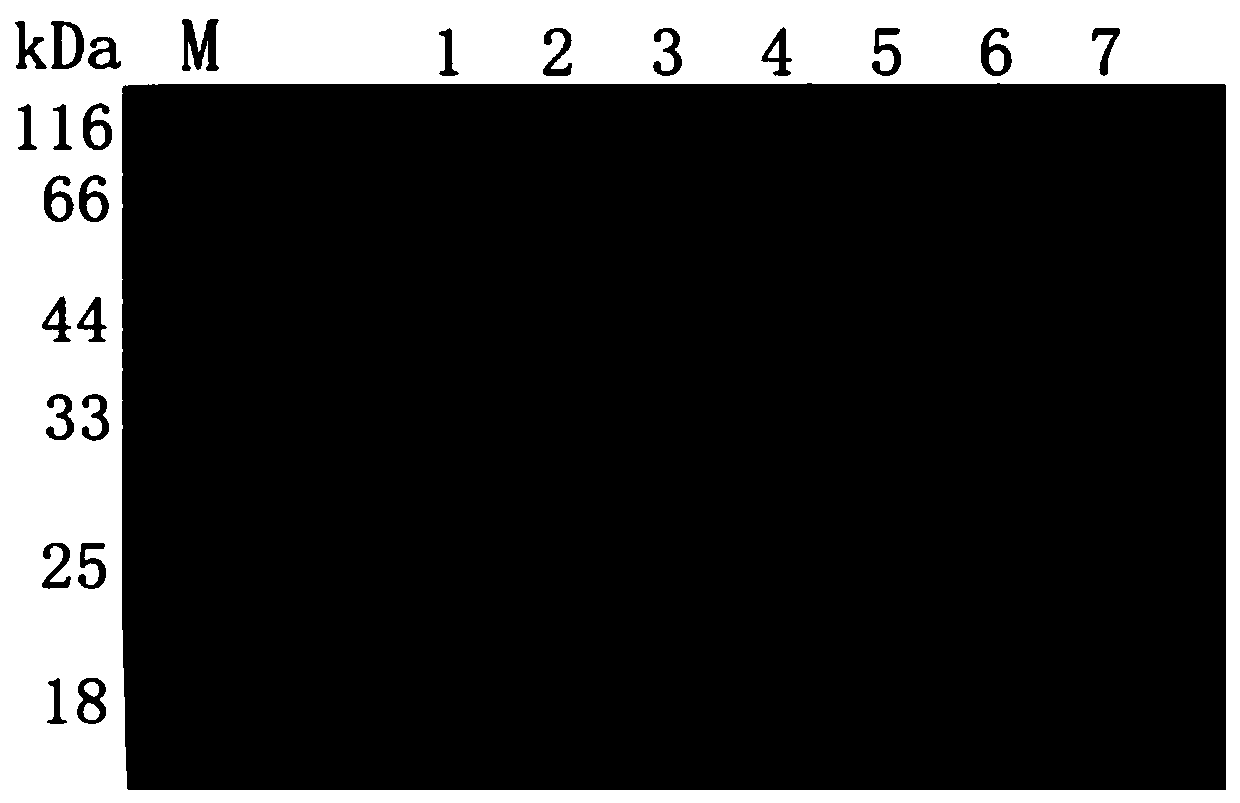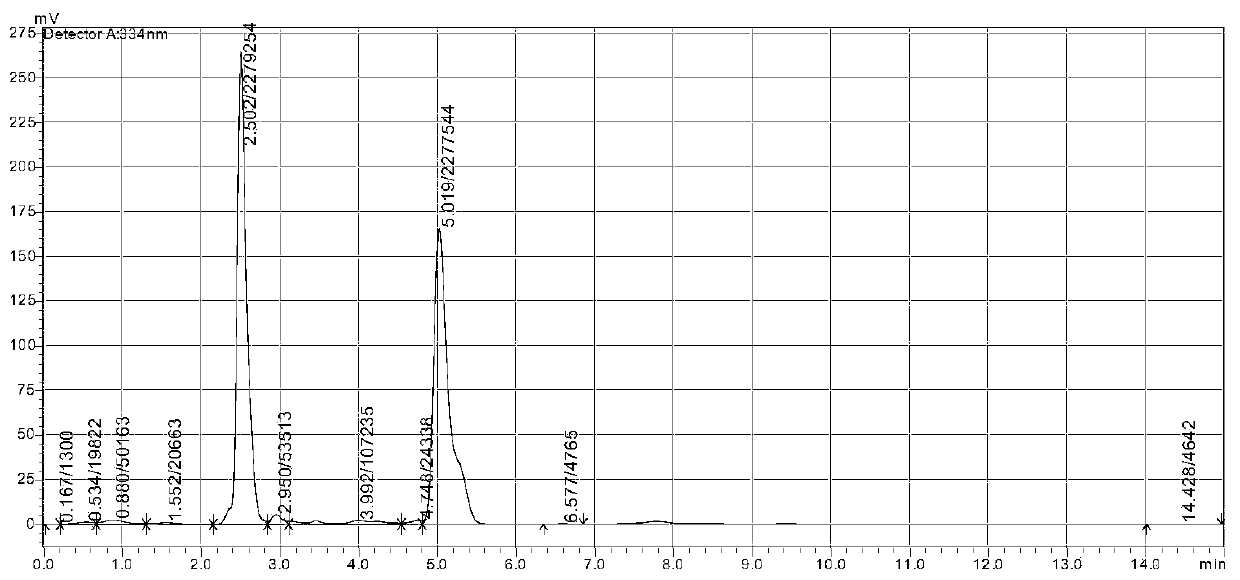Method for increasing exogenous synthesis yield of water-soluble algal cyanine
A phycocyanin and water-soluble technology, which is applied in the field of increasing the exogenous synthetic yield of water-soluble phycocyanin, can solve problems such as low yield of water-soluble phycocyanin, and achieve the effect of high-efficiency culture conditions
- Summary
- Abstract
- Description
- Claims
- Application Information
AI Technical Summary
Problems solved by technology
Method used
Image
Examples
Embodiment 1
[0036] 1 Construction of recombinant strains
[0037] According to the gene CphA encoding phycocyanin synthase according to Thermosynechococcus elongatus BP-1 in GenBank BP Sequence, artificially synthesized whole gene sequence, connected with plasmid pCOLADuet-1 through SalI and NotI restriction endonuclease sites, and the recombinant plasmid was transformed into E. coli DH5α competent cells. The recombinant plasmid was extracted and transformed into E. coli BL21 competent cells again to obtain a recombinant strain.
[0038] 2 Activated bacteria
[0039] Under aseptic conditions on the ultra-clean workbench, glycerol strains were streaked on LB solid plates supplemented with 0.1% kanamycin, placed in a constant temperature incubator at 37°C, and cultured for 12 h. A single colony of recombinant strains was picked from the plate, and cultured in 100 mL of LB liquid medium supplemented with 0.1% kanamycin for 16 h under shaking conditions at 37° C. and rotating speed of 180 r...
Embodiment 2
[0055] 1 Activated bacteria
[0056] The method is the same as example 1
[0057] 2 Fermentation culture
[0058] The method is the same as example 1
[0059] The fermentation medium formula is 2.4% yeast powder, 0.4 mL of glycerol, 10 mL of phosphate buffer (17 mM KH 2 PO 4 and 72mM K 2 HPO 4 ).
[0060] 3 Purification and extraction of phycocyanin
[0061] The method is the same as example 1
[0062] The proportion of water-soluble phycocyanin was calculated, and the result was 149.2 mg / g (phycocyanin mass / cell mass).
[0063] OD of the bacterial solution 600 Adjust to 0.5-0.6 to make SDS-PAGE samples, and perform polyacrylamide gel electrophoresis. The results are as follows figure 1 shown. Lane M is the protein molecular weight standard; lane 2 is the total protein of the culture medium with 2.4% yeast powder added.
[0064] The purified phycocyanin was subjected to SDS-PAGE electrophoresis. The result is as figure 2 . Lane M is the protein molecular weight...
Embodiment 3
[0070] 1 Activated bacteria
[0071] The method is the same as example 1
[0072] 2 Fermentation culture
[0073] The method is the same as example 1
[0074] The fermentation medium formula is 4.8% yeast powder, 0.4 mL glycerol, 10 mL phosphate buffer (17 mM KH 2 PO 4 and 72mM K 2 HPO 4 ).
[0075] 3 Purification and extraction of phycocyanin
[0076] The method is the same as example 1
[0077] The proportion of water-soluble phycocyanin was calculated, and the result was 105.3 mg / g (phycocyanin mass / cell mass).
[0078] OD of the bacterial solution 600 Adjust to 0.5-0.6 to make SDS-PAGE samples, and perform polyacrylamide gel electrophoresis. The results are as follows figure 1shown. Lane M is the protein molecular weight standard; lane 4 is the total protein of the culture medium with 4.8% yeast powder added.
[0079] The purified phycocyanin was subjected to SDS-PAGE electrophoresis. The result is as figure 2 . Lane M is the protein molecular weight standa...
PUM
 Login to View More
Login to View More Abstract
Description
Claims
Application Information
 Login to View More
Login to View More - R&D
- Intellectual Property
- Life Sciences
- Materials
- Tech Scout
- Unparalleled Data Quality
- Higher Quality Content
- 60% Fewer Hallucinations
Browse by: Latest US Patents, China's latest patents, Technical Efficacy Thesaurus, Application Domain, Technology Topic, Popular Technical Reports.
© 2025 PatSnap. All rights reserved.Legal|Privacy policy|Modern Slavery Act Transparency Statement|Sitemap|About US| Contact US: help@patsnap.com



